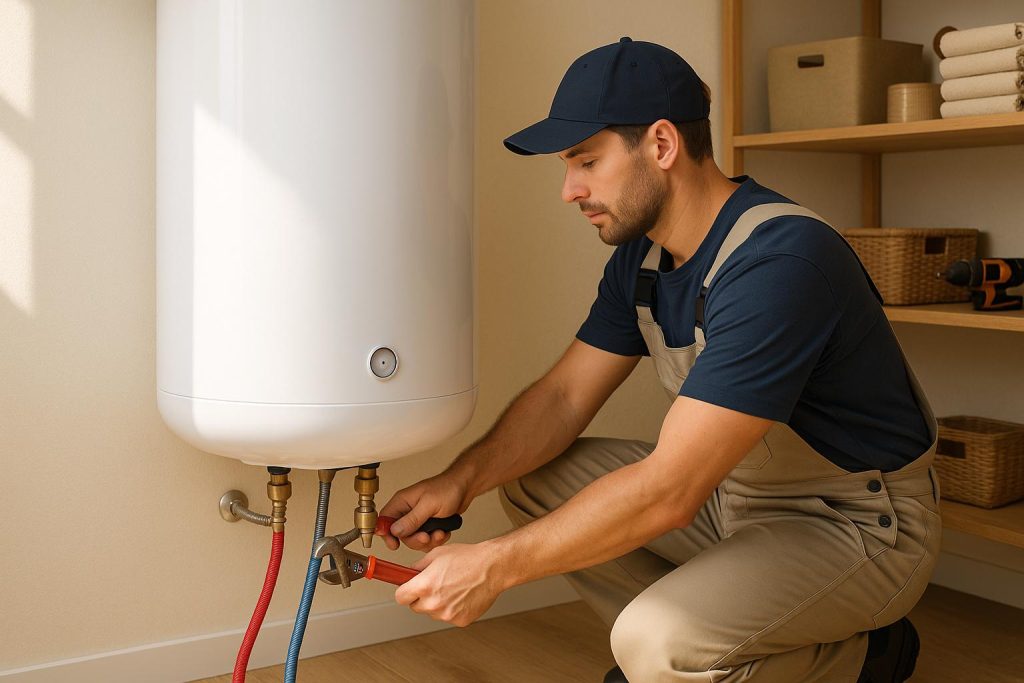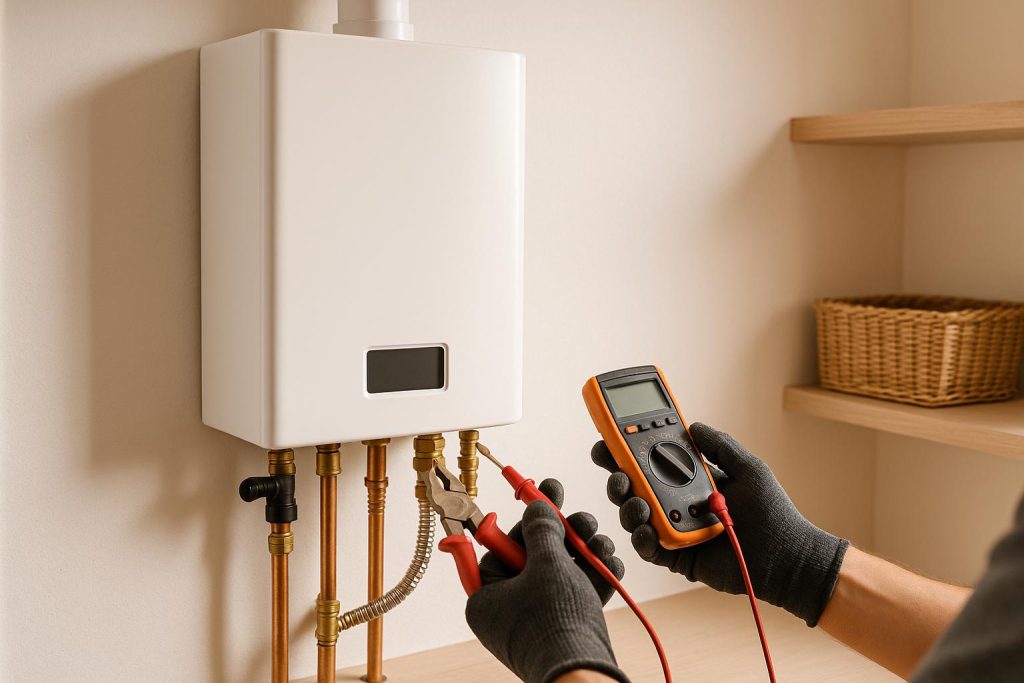A clean water filter isn’t just about taste; it’s essential for your family’s health, your plumbing system’s efficiency, and your appliances’ lifespan. But how often should you replace your water filter? The answer depends on the type of filter, your water quality, and your household’s water usage.
Let’s break down when and why you need to swap out your filters, plus how to troubleshoot signs it’s time for a change.
Why Replacing Your Water Filter Matters
Water filters trap contaminants like chlorine, lead, sediment, and even bacteria. Over time, they become clogged or saturated, reducing their effectiveness. If left unchanged, old filters can even leach impurities back into your water.
Neglecting regular filter changes can result in:
- Bad taste or odor
- Cloudy or discolored water
- Reduced water flow
- Bacterial growth inside the filter housing
- Mineral buildup that can damage pipes or appliances
If you’ve noticed your water slowing to a trickle, it might not just be your filter there could be broader plumbing issues at play, like sediment in pipes or partial blockages. This guide on identifying and fixing low water pressure can help you spot deeper problems early.

General Replacement Guidelines by Filter Type
Different filters have different lifespans. Always follow the manufacturer’s recommendation, but here are some general timelines:
|
Filter Type |
Typical Lifespan |
|
Refrigerator Water Filter |
6 months |
|
Under-Sink Carbon Filter |
6–12 months |
|
Faucet-Mounted Filter |
2–3 months |
|
Whole-House Sediment Filter |
3–6 months |
|
Whole-House Carbon Filter |
6–12 months |
|
Reverse Osmosis Membrane |
2–3 years |
| Inline Shower or Bath Filter |
6 months |
Tip: Set a recurring reminder in your phone or smart home device to track filter change dates.
Warning Signs You Need a New Water Filter
Even if you’re tracking filter life, unexpected issues can arise. Watch for these red flags:
- Water smells like chlorine or sulfur
- Slow or inconsistent water flow
- Strange taste or discoloration
- The filter indicator light turns on (for smart filters)
- Mold or slime near the filter housing
If your filter is overdue, it’s not just a taste issue; it may compromise your health and your plumbing. Filters saturated with bacteria or heavy metals are worse than no filter at all.

What Happens If You Don’t Replace It?
Neglecting filter changes doesn’t just affect taste; it can jeopardize your health. Here’s what’s at risk:
- Bacteria build up and form biofilm inside the filter
- Leaching of trapped contaminants back into water
- Damage to appliances (e.g., dishwashers, washing machines)
- Reduced efficiency in reverse osmosis or softener systems
- Pipe scale buildup from unfiltered hard water
Fact: The CDC reports that failing water systems contribute to 16% of gastrointestinal illness outbreaks in the U.S. each year, especially in homes with outdated filters.
DIY Troubleshooting for Water Filter Issues
Sometimes, even after replacing your filter on schedule, you might notice water tasting off or flowing weakly. Start by double-checking that the installation did the filter clicks securely into place. Are there air bubbles in the lines? A gentle flush can often resolve these. If not, you may be dealing with related plumbing issues like sediment buildup or pressure imbalances elsewhere in your system.
You might also want to inspect nearby plumbing for clogs or mineral buildup. For instance, knowing how to clean a P-trap can prevent clogs that may affect your filtration and drainage systems simultaneously.
Quick Filter Replacement Checklist
✅ Check the manufacturer’s lifespan guide
✅ Look for taste, smell, or flow issues
✅ Replace and flush the filter as directed
✅ Reset filter change reminder
✅ Inspect the surrounding plumbing for leaks or clogs

Filter Maintenance Best Practices
- Always flush new filters per the manufacturer’s instructions (usually 2–5 minutes of running water).
- Clean or replace filter housings during changes.
- Use food-grade silicone grease on O-rings for leak prevention.
- Keep spare filters in a dry, cool location away from sunlight.
Also, don’t overlook water softeners or whole-house systems; they often require pre-filters that get dirty faster than expected, especially if your home has hard water.
Smart Water Filter Tips for Longevity
- Always flush new filters: This removes excess carbon and air pockets.
- Store backup filters in a cool, dry place.
- Mark your calendar or set reminders on your phone.
- Keep an eye on water clarity and flow rate; these often change before taste does.
- Track gallons used if your filter isn’t time-based.
- Consider upgrading to smart filters that notify you via the app when it’s time to change.
When to Call a Professional
While most filter replacements are DIY-friendly, some situations call for professional support:
- You notice a consistent odor or discoloration despite new filters
- Water pressure drops even after flushing the system.
- The filter housing leaks or won’t seal properly
- Your reverse osmosis system stops producing filtered water.
- You want to upgrade to a more advanced or whole-house filter system.
A plumber can test your water quality, inspect the lines, and ensure your system is installed correctly. They can also check for mold, mineral buildup, or even issues with your home’s plumbing layout.
Pro Tip: Professional servicing once a year can catch hidden problems before they become costly repairs, especially for homes with older plumbing.
Final Thoughts
Replacing your water filter on time is a simple habit that protects your family and plumbing system. Whether you’re using a basic faucet model or a full reverse osmosis system, don’t wait for your water to taste funny. Pay attention to your filter type, your local water conditions, and the subtle signs that it’s time for a change.
Noticing ongoing water pressure problems even with a fresh filter? Your plumbing might be due for a deeper check. Use this low water pressure troubleshooting guide to explore additional causes and fixes.
Clean water starts with a clean filter, and a little attention goes a long way toward keeping it that way.






